By: Fiamma Straneo, Associate Scientist, Physical Oceanography, Woods Hole Oceanographic Institution
Introduction
Mass loss from the Greenland ice sheet between 1992-2011 resulted in a net contribution to sea-level rise of approximately 7.5 mm, roughly twice the Antarctic contribution (Shepherd et al. 2012). Half of this loss is associated with increased melt and run-off caused by rising air temperatures over the ice sheet, and is well reproduced by models (van den Broeke et al. 2009). The remaining loss was caused by the accelerated retreat of marine-terminating glaciers located in southeastern and western Greenland, which began in the late 1990s (Howat et al. 2007; Rignot and Kanagaratnam 2006) and continues today (Moon et al. 2012) (see Figure 1). This accelerated retreat is neither well understood nor fully captured by models (Vieli and Nick 2011). Beyond the challenges of understanding the complexity of the glacial dynamics that lead to the retreat (Price et al. 2008), one important issue yet to be resolved is identifying the external climate forcing that triggered the initial retreat, and the mechanisms through which it acted. The emergence of oceanic forcing as a lead candidate for a possible mechanism (Vieli and Nick 2011) makes ice sheet-ocean interactions a research frontier that is critical to understanding the Greenland ice sheet's evolution and its contribution to global sea level rise (see reviews by Straneo et al. 2013; Joughin et al. 2012; Vieli and Nick 2011).
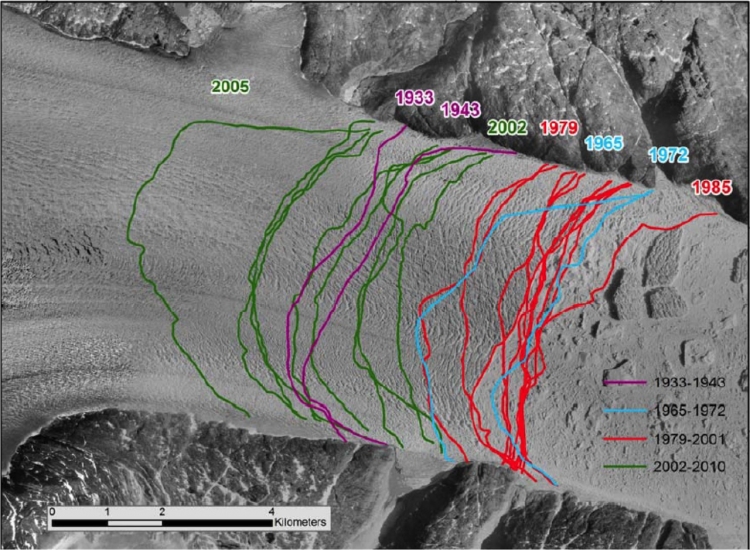
Understanding ice sheet-ocean interactions in Greenland is far from trivial. Investigating the extent to which oceanic forcing triggered glacial retreat poses major observational challenges. Greenland's largest glaciers terminate in deep, long fjords that are remote, inaccessible, and choked with large icebergs whose calving and drift pose a major challenge to scientists and instrumentation (see Figures 2, 3, and 4). The records of oceanic changes near the glaciers—or even on the Greenland shelves where the fjords terminate—are almost non-existent, especially from the period preceding the glacier acceleration. Furthermore, the processes through which the ocean may impact the glacier (e.g., submarine melting or a weakening of the ice mélange or sea-ice in front of the terminus) are complex, involving a wide range of time and space scales as well as multiple components including the ocean, the atmosphere, the sea ice, and the glacier itself. Progress on this complex topic will require a cross-disciplinary and multi-faceted approach involving the broad international community.
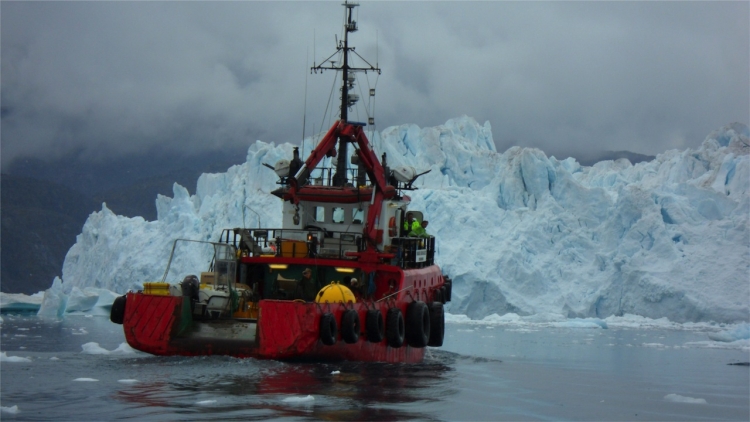
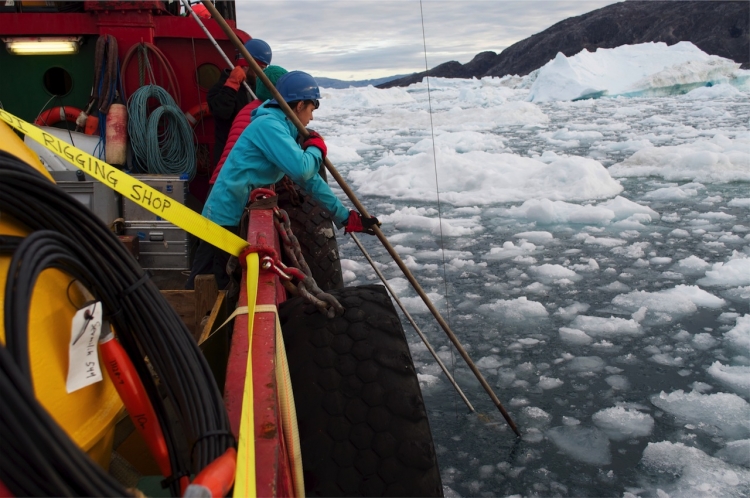
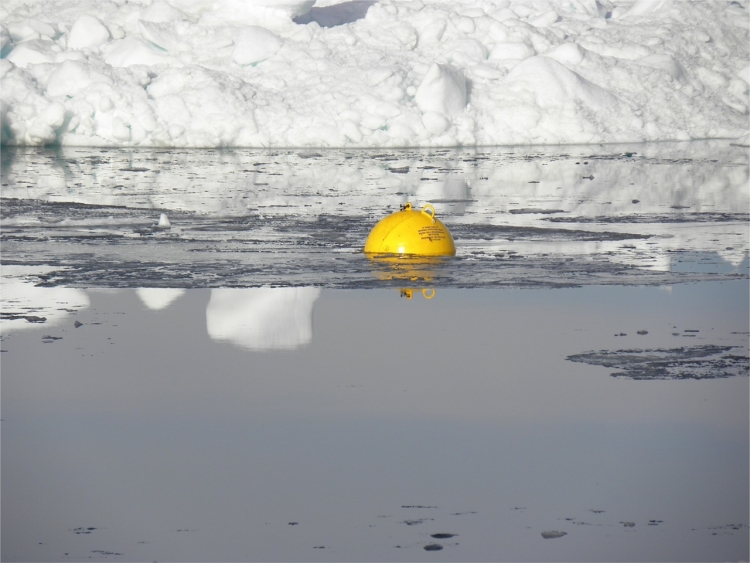
The Workshop
A first successful effort in assembling such a community and in making progress on this topic was a workshop held 4-7 June 2013, in Beverly, Massachusetts, entitled: 'Understanding the Response of Greenland's Marine Terminating Glaciers to Oceanic and Atmospheric Forcing.' The workshop brought together approximately 100 oceanographers, glaciologists, and atmospheric and climate scientists; it also included observationalists, modelers, and theoreticians; plus interested program managers from NSF and NASA (see Figure 5). A whitepaper initiated by the U.S. CLIVAR Working Group on Greenland Ice Sheet Ocean (GRISO) interactions (Straneo et al. 2012) served as background to this workshop.
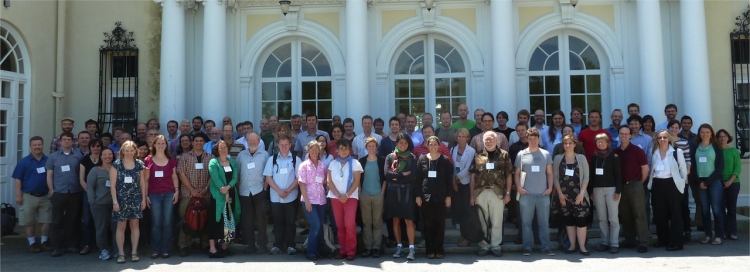
The workshop was structured around review talks by invited speakers that laid the foundation for the ensuing discussions, science presentations in the form of brief oral introductions, and posters and moderated discussions. The sessions were organized around themes ranging from 'Evidence of glacier variability' to 'What can the paleo record teach us?' and ended with a half-day discussion on identifying the prioritized questions. Key recommendations on future collaborative observational, analysis, and modeling needs and opportunities were identified. Many of these different communities met at the workshop for the first time, underlining the importance of fostering cross-disciplinary exchange through specialized events. The workshop was also particularly successful in engaging early career scientists (including graduate students), who made up over one-third of the participants and who benefited from travel support. Funding for the workshop was provided by U.S. CLIVAR and the NSF Division of Polar Program; the U.S. CLIVAR and UCAR/JOSS staff were instrumental in organizing the workshop. A report containing the recommendations that emerged from the workshop's discussions will be made available in December and presented at the 2013 Fall AGU Meeting in San Francisco.
References
Howat, I., I. Joughin, and T.A. Scambos, 2007. Rapid changes in ice discharge from Greenland outlet glaciers. Science, 315, 1559-1561.
Joughin, I., R. Alley and D. Holland, 2012. Ice-Sheet Response to Oceanic Forcing, Science 338, 1172. Doi:10.1126/science.1226481.
Moon, T., I. Joughin, B. Smith and I. Howat, 2012. 21st-Century Evolution of Greenland Outlet Glacier Velocities. Science, 336, 576-578.
Price, S.F., H. Conway, E.D. Waddington, and R.A. Bindschadler, 2008. Model investigations of inland migration of fast-flowing outlet glaciers and ice streams. J. Glaciol., 54, 49–60.
Rignot, E. and P. Kanagaratnam, 2006. Changes in the velocity structure of the Greenland Ice Sheet. Science, 311, 986–990.
Shepherd, A., and IMBIE team, 2012. A reconciled estimate of ice sheet mass balance. Science, 338, 1183-1189.
Straneo, F., P. Heimbach, O. Sergienko, G. Hamilton, G. Catania, S. Griffies, R. Hallberg, A. Jenkins, I. Joughin, R. Motyka, W. T. Pfeffer, S. F. Price, E. Rignot, T. Scambos, M. Truffer, and A. Vieli, 2013. Challenges to Understand the Dynamic Response of Greenland's Marine Terminating Glaciers to Oceanic and Atmospheric Forcing. Bull. Amer. Meteor. Soc., doi:10.1175/BAMS-D-12-00100, 94, 1130-1144.
van den Broeke, M., J. Bamber, J. Ettema, E. Rignot, E. Schrama, W. Jan van de Berg, W.E. van Meijgaard, I. Velicogna, and B. Wouters, 2009. Partitioning recent Greenland mass loss. Science, 13, 326(5955), 984-986, DOI: 10.1126/science.1178176.
Vieli, A. and F.M. Nick, 2011. Understanding and modeling rapid dynamical changes of tidewater outlet glaciers: issues and implications. Surv. Geophys. 32(4-5), 437–458, doi:10.1007/s10712-011-9132-4.
For further information, see the U.S. CLIVAR website, or contact Fiamma Straneo (fstraneo [at] whoi.edu).
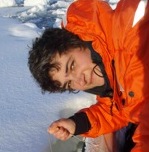
Motivated by the rapid and ongoing ice loss from the Greenland Ice Sheet, much of Straneo's most recent work is aimed at understanding the interaction between ice sheets and the ocean. Measurements she and her colleagues collected indicated, for the first time, the widespread presence of warm waters of tropical origin at the margins of Greenland's glaciers.
